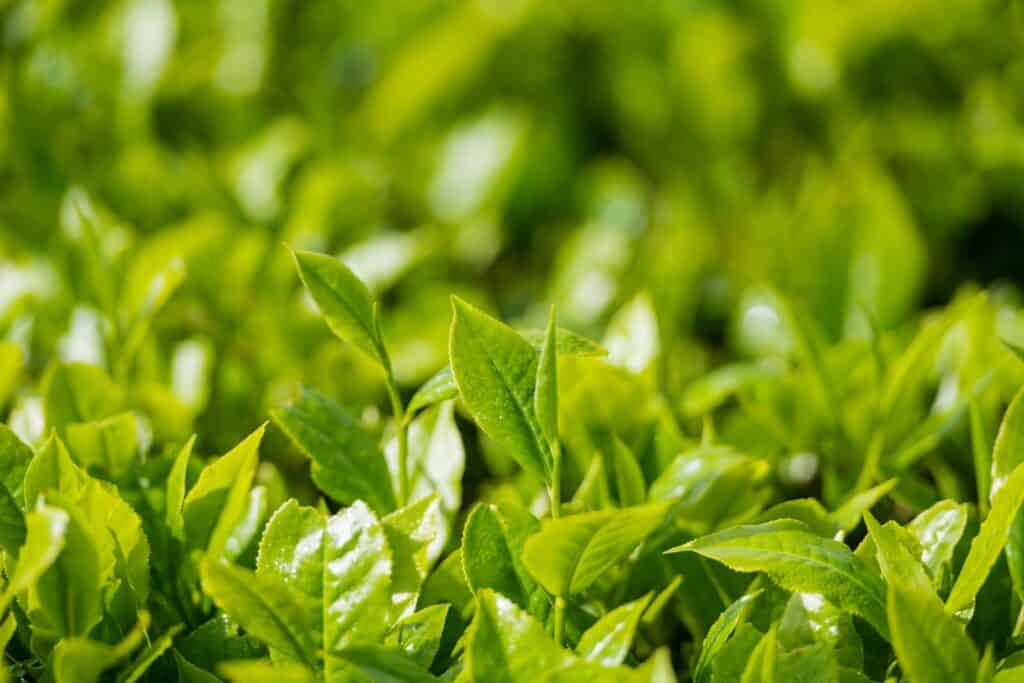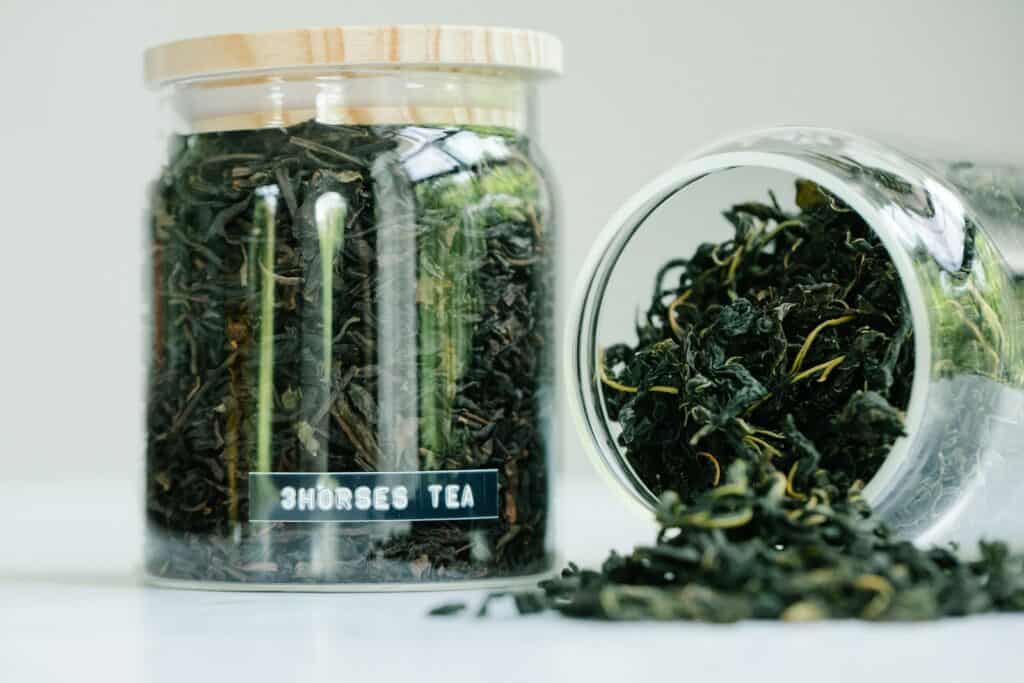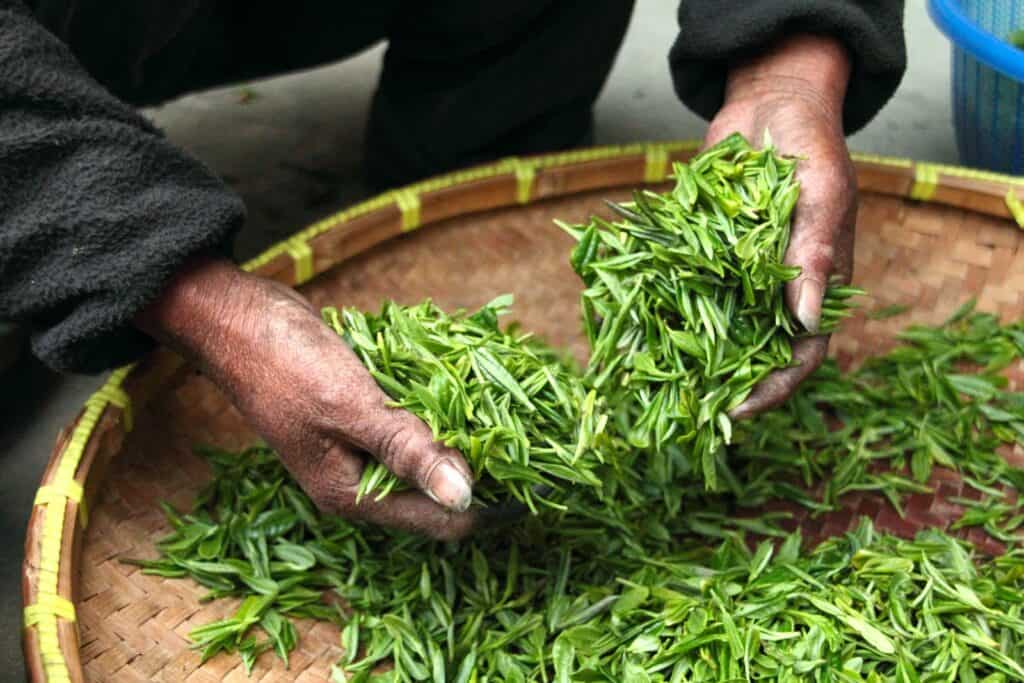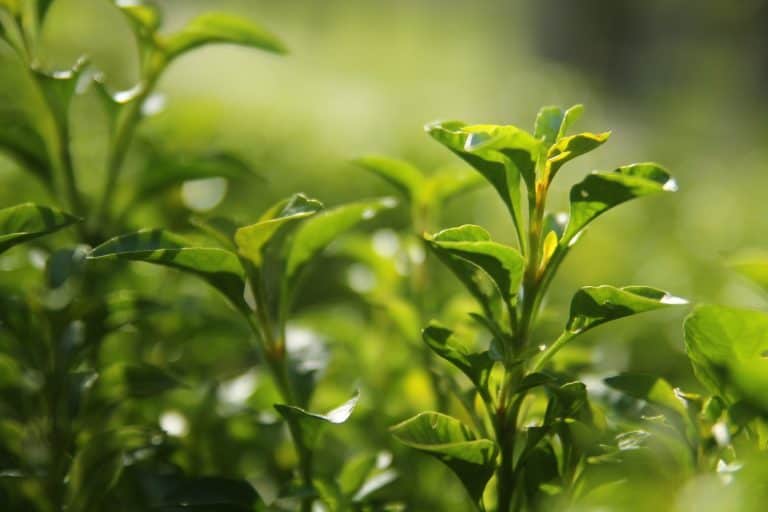Green tea is a delicious and healthy drink that has many benefits for the body. It is a natural source of antioxidants, and can help improve heart health and reduce the risk of cancer. Green tea is also known for its weight loss properties.
How to grow green tea? If you are interested in growing your own green tea, this blog post will teach you how!
What is green tea?
Green tea is a form of tea that is prepared from Camellia sinensis leaves that have not been through the oxidation process. This causes green tea to be darker than black tea, with a more delicate flavor. Green tea is high in antioxidants, which can help prevent heart disease and cancer. It’s also got weight-loss advantages.
Oolong Tea
Oolong tea is a unique and interesting beverage that has been enjoyed in China for centuries. It’s made from the leaves of Camellia sinensis, which are used to produce green, black, or oolong teas respectively; however, this time around they’re processed differently than what you might expect!
How to grow green tea?

You can start to grow your own tea garden by:
Growing tea plants from tea seeds
If you want to grow your own tea plants from seed, you will need to purchase Camellia sinensis seeds online or from a garden center or local nursery.
Sow the seeds in late winter or early spring, and cover them with about ½ inch of soil. Keep the soil moist until the seeds germinate, which should take about two weeks. Once the plants are a few inches tall, you can transplant them to their permanent location.
Growing tea plants from cuttings
If you don’t want to wait for your seeds to germinate, you can also grow tea plants from cuttings. Take a cutting from an existing tea plant and place it in water until it forms roots. Once the cutting has rooted, you can transplant it to the soil. Tea bush cuttings can also be propagated in autumn.
Tea plants thrive in warm weather, but can be sensitive to frost. In cold climates, it is best to grow tea plants in pots so that you can move them indoors during the winter.
Caring for your tea plants
Once you have transplanted your tea plants to their permanent location, water them regularly. Tea plants like wet conditions, so make sure to keep the soil moist but not soggy. You can fertilize your plants every few weeks with a balanced fertilizer. When the tea leaves are about four inches long, you can start harvesting them.
Harvesting and drying tea leaves
To harvest your tea leaves, cut them from the plant with a sharp knife or pruning shears. You can dry the leaves in a dehydrator, oven, or air-dry them by hanging them in a warm, dry place. Once the leaves are dry, you can store them in an airtight container until you’re ready to use them.
Making green tea
To make green tea, you will need about two tablespoons of dried tea leaves for every cup of water. Steep the leaves in boiling water for three to five minutes, then strain the tea and enjoy!
Benefits of growing your own green tea

There are many benefits to growing your own green tea. First, you will have a fresh, delicious source of antioxidants that can improve your health. Second, you will know exactly where your tea comes from and how it was grown. This will give you peace of mind knowing that your tea is free from pesticides and other harmful chemicals. Finally, growing your own green tea can be a fun and rewarding experience!
Tips in growing green tea plants
– Green tea plants thrive in warm weather, but can be sensitive to frost. In cold climates, it is best to grow them in pots so that you can move them indoors during the winter.
– Tea plants like wet conditions, so make sure to keep the soil moist but not soggy.
– You can fertilize your plants every few weeks with a balanced fertilizer.
– When the tea leaves are about four inches long, you can start harvesting them.
Cultivating Tea Plants: From Seeds to Harvest
Growing Tea Plants from Seedlings
- Starting tea plants from seeds can be a rewarding experience. Plant the seeds in well-draining soil, and within a few weeks, you’ll see the tiny shoots emerging.
Nurturing Tea Plants Through Their Growth Phases
- As your tea plants grow, they will eventually produce delicate flowers. These blooms are not only aesthetically pleasing but also indicate that your plant is maturing.
Patience Pays Off: Waiting for the Tea Harvest
- It’s essential to give your tea plants time to develop. On average, it takes several years before your plants will yield enough leaves for regular harvesting.
Tea Plant Growth Stages: Blooms and Blossoms

Witnessing the Beauty of Tea Plant Flowers
- Tea plant flowers are a sight to behold, with their white petals and a delicate fragrance that adds a touch of beauty to your garden.
Beyond the Basics: Creative Recipes with Tea Flowers
- Tea flowers can be used for more than just brewing tea. Explore unique recipes that incorporate these blooms into your favorite foods, adding a subtle floral flavor to your dishes.
From Garden to Tea Bag: The Journey of Tea Leaves
- Understanding the growth stages of tea plants, from flowering to leaf production, helps you appreciate the journey that leads to your favorite tea bag.
Harvesting Tea Leaves: Tips and Techniques
The Perfect Harvest Day: Timing Matters
- The day you choose for harvesting tea leaves is crucial. Aim for bright, sunny days when the leaves are at their freshest and most flavorful.
Culinary Delights: Incorporating Fresh Tea Leaves into Recipes
- Besides brewing tea, freshly harvested tea leaves can be a versatile ingredient in various dishes. Experiment with tea-infused recipes to infuse unique flavors into your food.
Food for Thought: Sustainable Practices in Tea Harvesting
- Explore sustainable harvesting techniques that promote the health of your tea plants and ensure a bountiful harvest year after year.
These additions provide information on different aspects of growing tea, the beauty of tea plant flowers, and innovative ways to use tea leaves in recipes while incorporating the requested keywords naturally.
The journey of growing your own green tea is not only a rewarding endeavor but also a path to a healthier lifestyle. Green tea, celebrated for its numerous health benefits, from antioxidants that boost heart health to its potential in aiding weight loss, becomes all the more valuable when cultivated with your own hands.
As you embark on this journey, remember that tea plants, with their delicate flowers and growth stages, offer a unique and enriching experience. The patience you invest in nurturing them through seedlings or cuttings will be rewarded with an abundance of fresh tea leaves. Harvesting these leaves on the perfect day, steeping them into a delightful cup of green tea, or experimenting with culinary creations using tea flowers will connect you intimately with the world of tea.
And as you savor the fruits of your labor, you can take pride in knowing that your tea is free from harmful chemicals and pesticides, all while enjoying the process of growing your own green tea garden. Cultivating tea plants, from seeds to harvest, brings not only healthy brews but also a profound sense of fulfillment and connection to nature. So, start your tea-growing adventure today and enjoy the bountiful benefits it offers!
Other suggested articles:
- How Many Types Of Vegetarians Are There
- How Often Do You Need To Water Your Succulents
- How To Be Vegetarian Without Gaining Weight
- How To Cut A Beet For Smoothie
- How To Eat Healthy Living In A Hotel
- How To Eat Out As A Vegan
- How To Eat Raspberries
- How To Get Your Daily Vegetables In A Smoothie
- How To Grow Green Tea
- How To Live A Natural And Healthy Lifestyle
- How To Make Celery Soup
- How To Make Green Tea Taste Good
- How To Prepare Dried Chickpeas
- How To Promote Healthy Living In Your Community
- How To Stop Overeating The Secret Lies In Mindfulness

